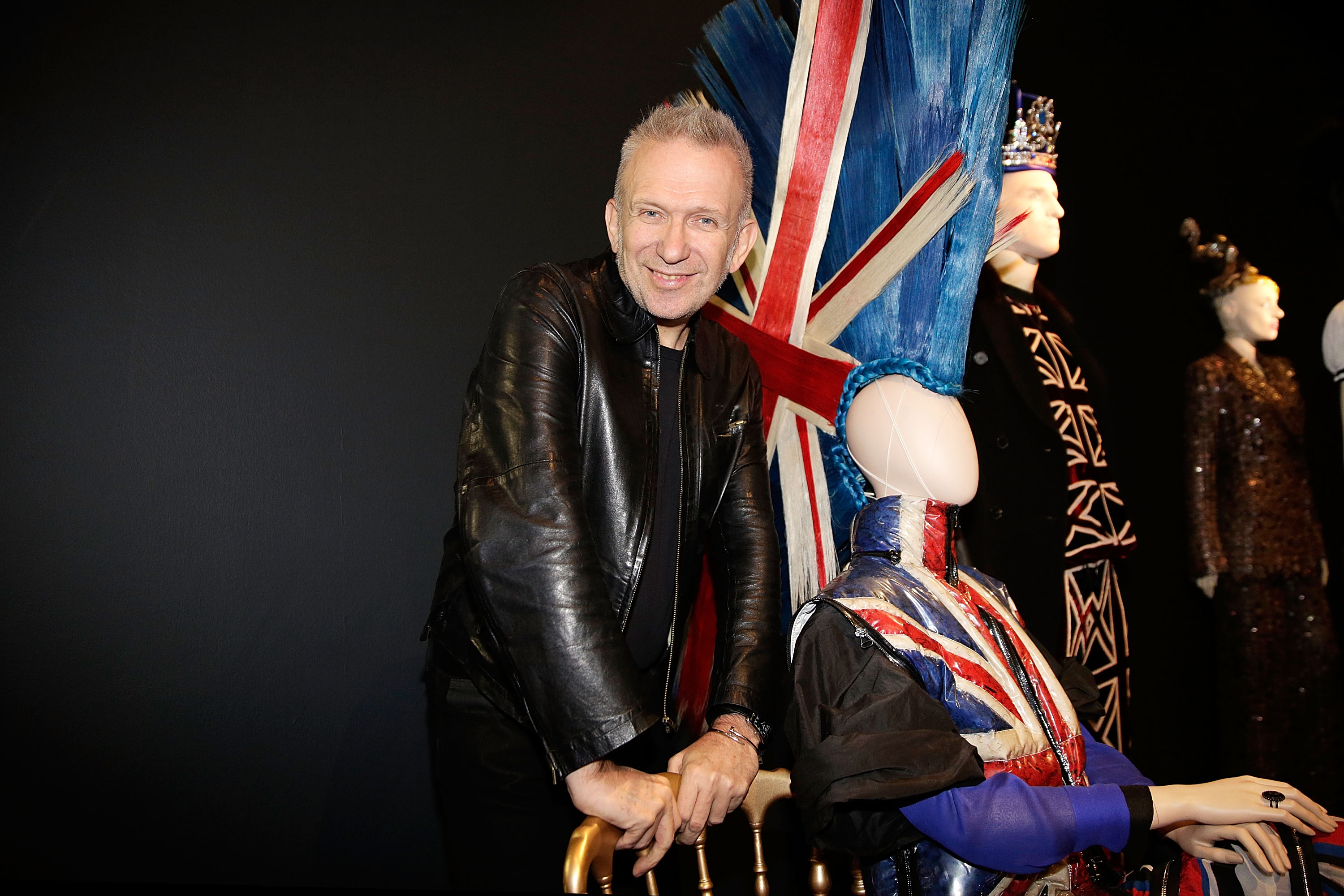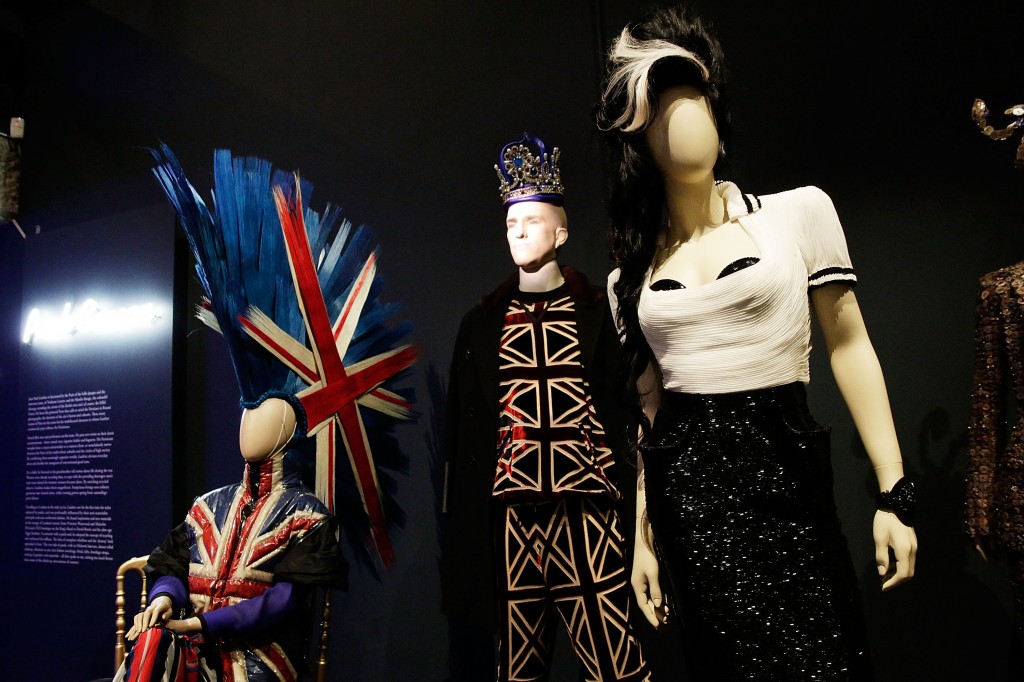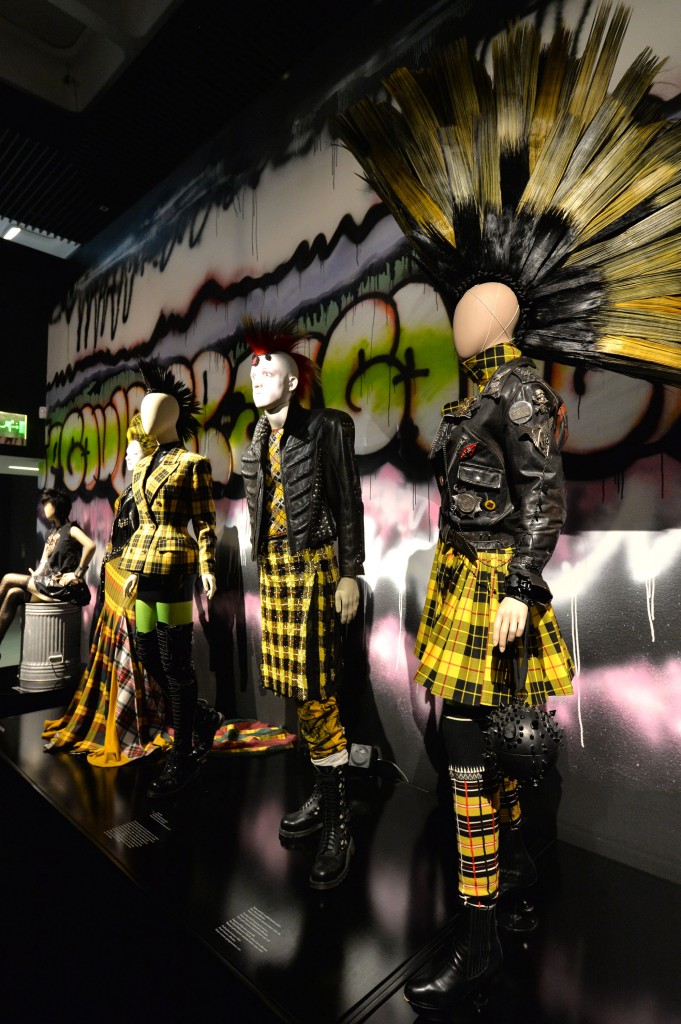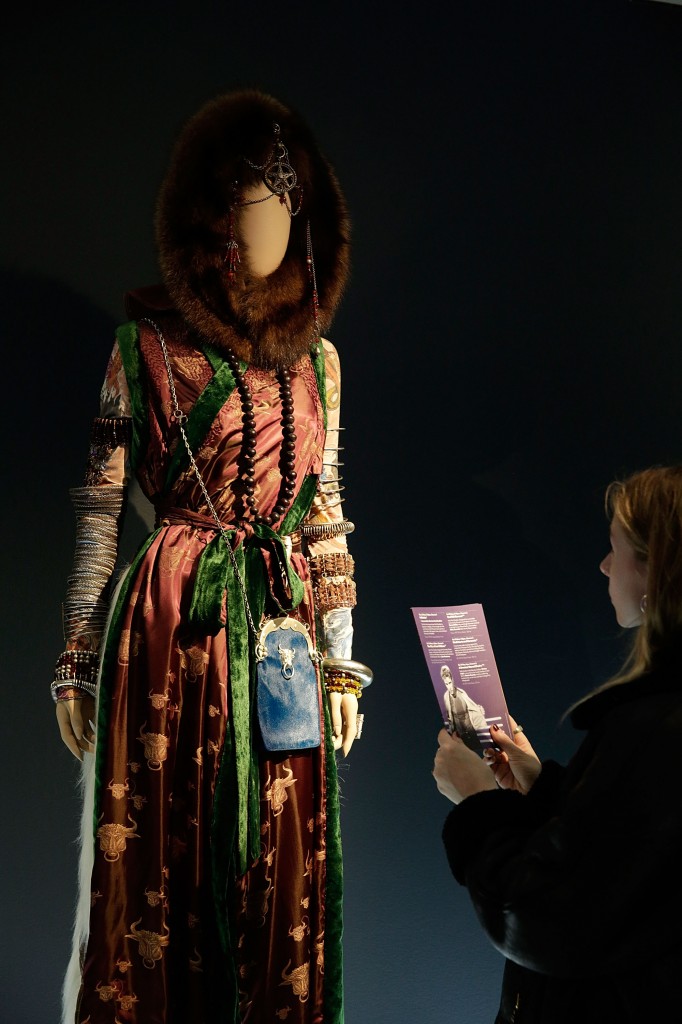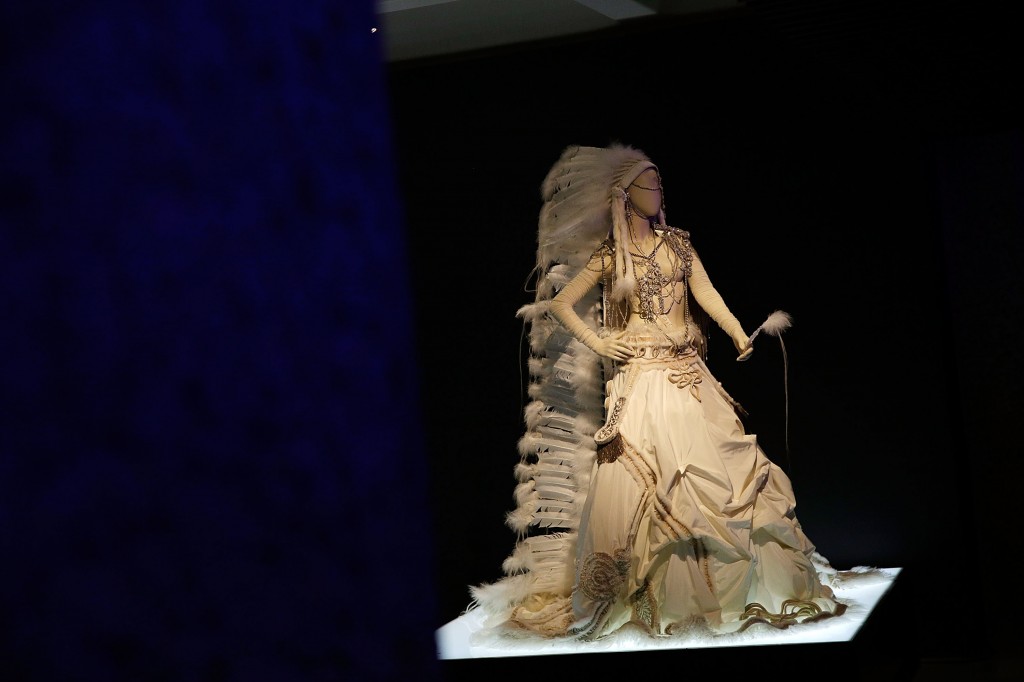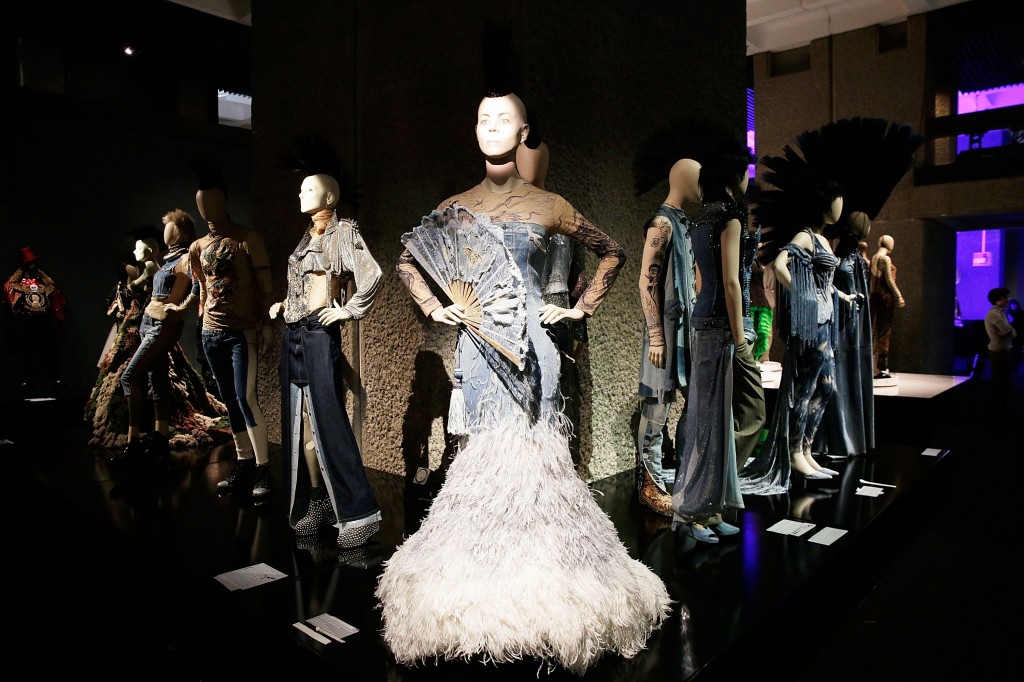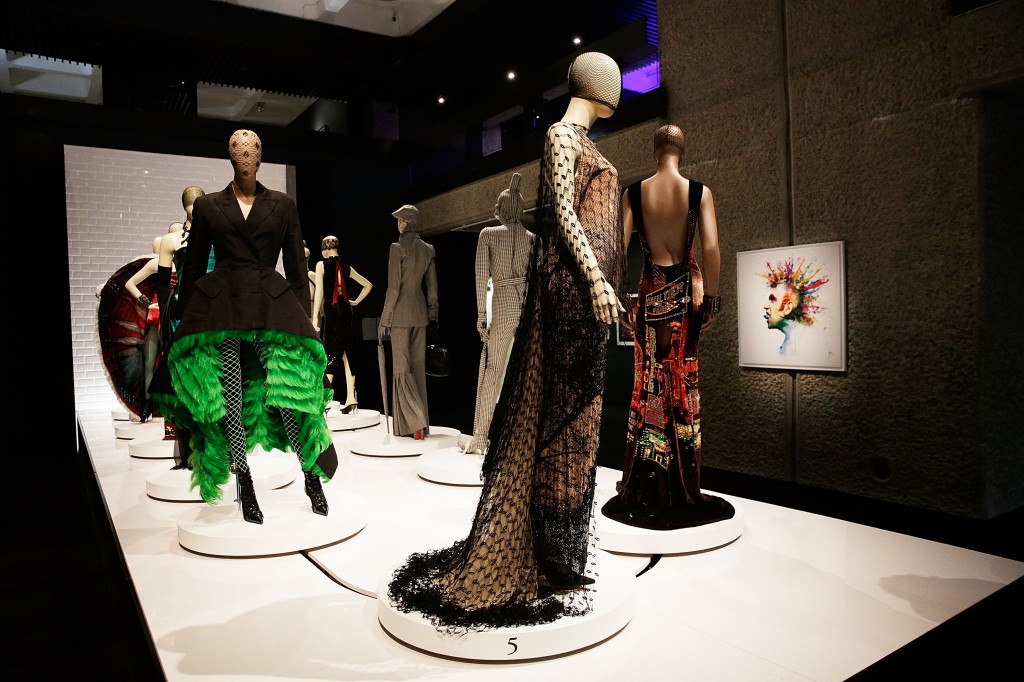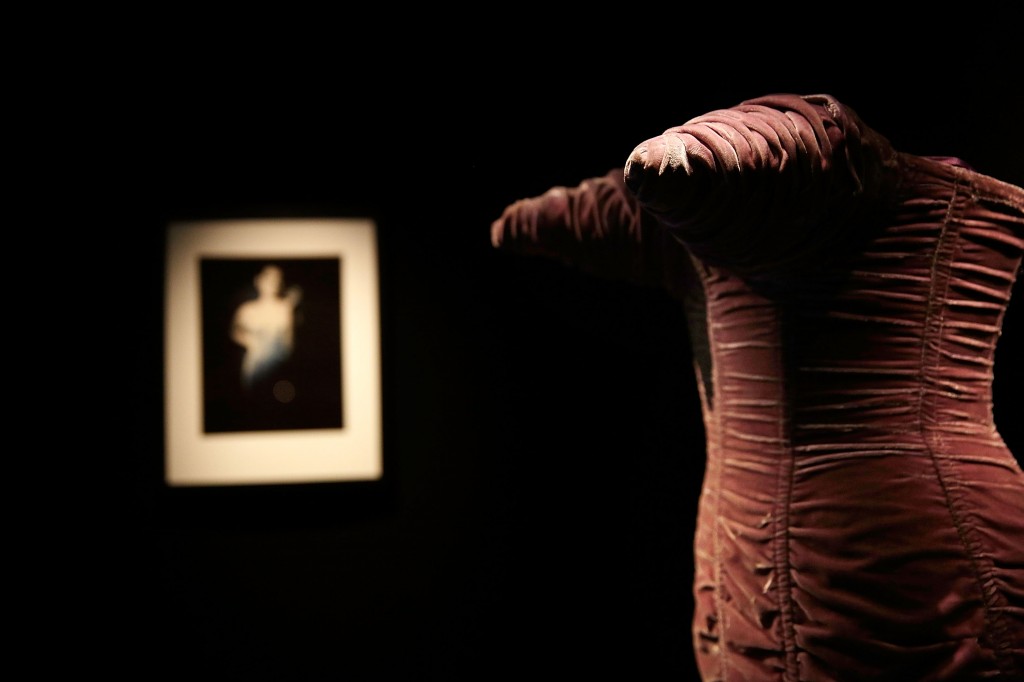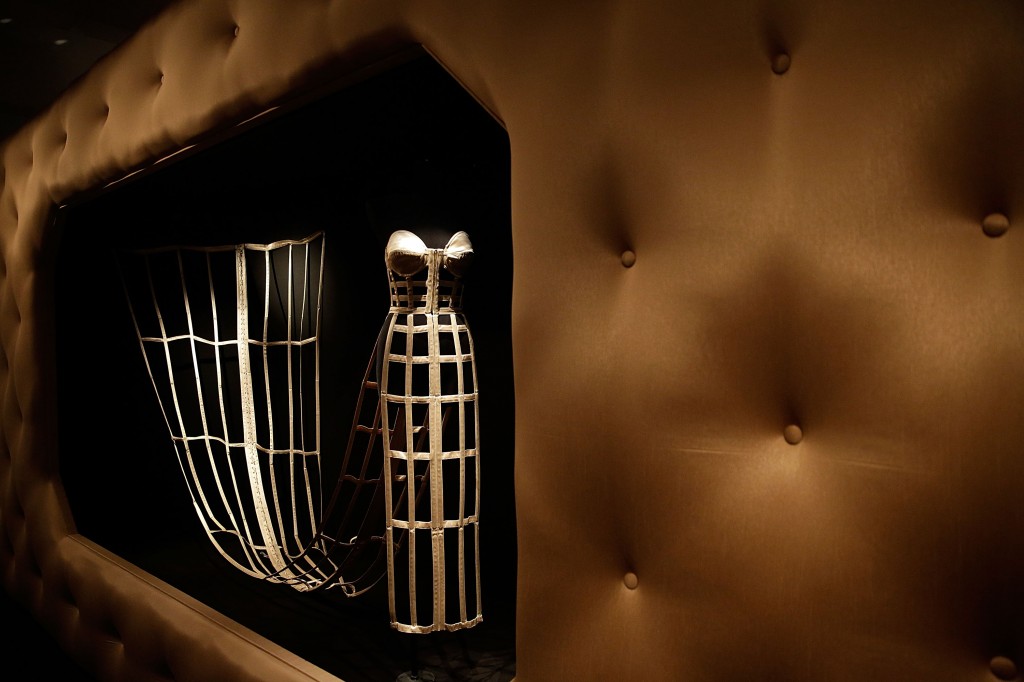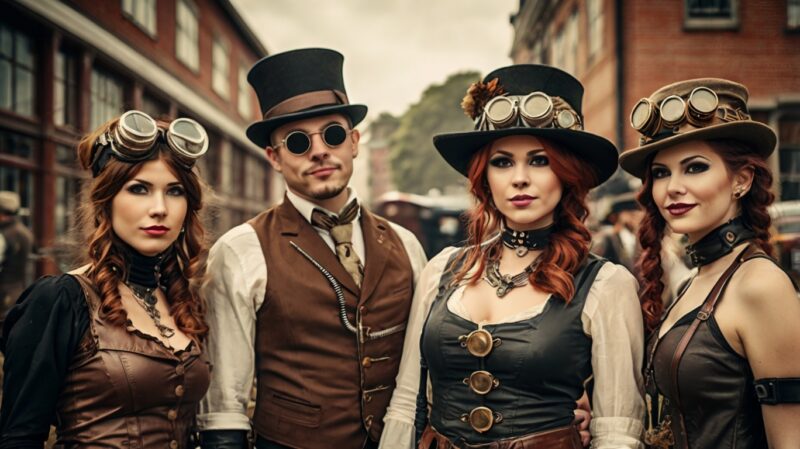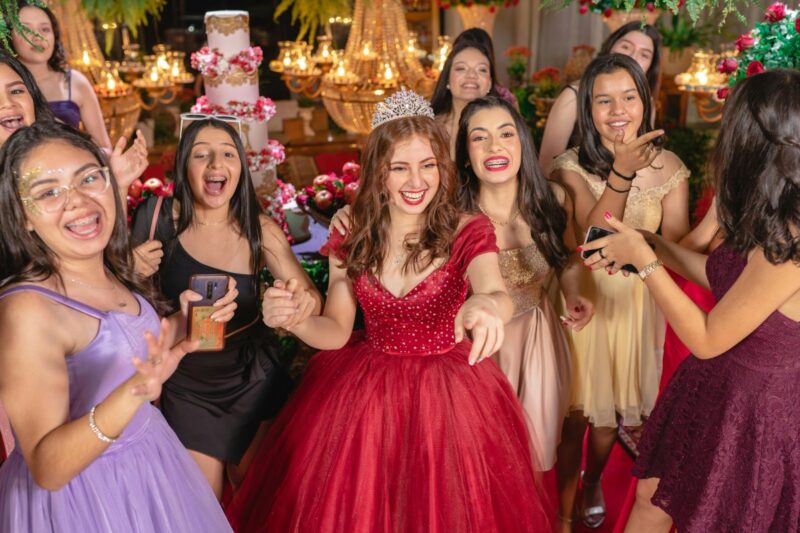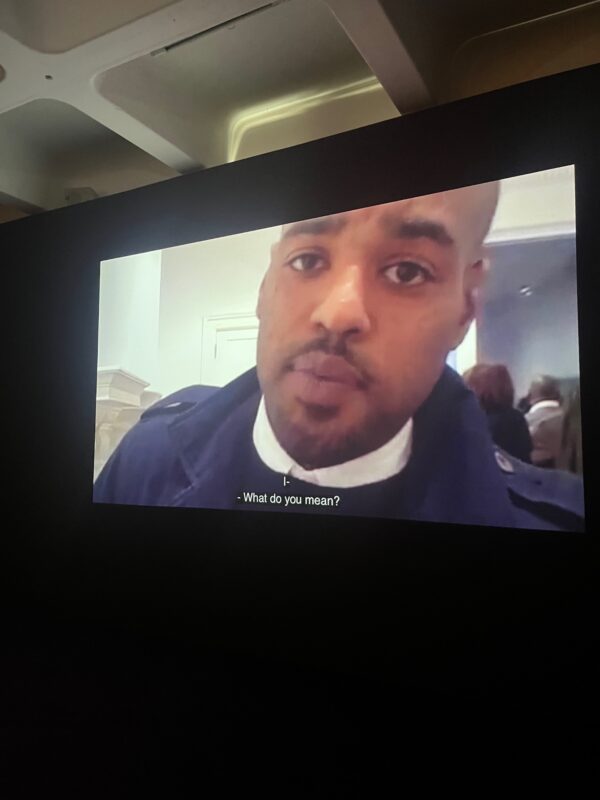Jean Paul Gaultier is one of a handful of fashion designers whose charisma and achievements command pop star style adoration, so it’s unsurprising that he’s now on tour. Since 2011 when Gaultier’s self-titled exhibition The Fashion World of Jean Paul Gaultier, From the Sidewalk to the Catwalk debuted at the Montreal Museum of Fine Arts, it has travelled to Dallas, San Francisco, New York, Madrid, Rotterdam, Stockholm and is now making its mark at the Barbican in London. Its Parisian premier, in Gaultier’s home town, is scheduled for Spring next year. So far over one million visitors have experienced Gaultier’s inimitable vision and the London leg is destined to increase that figure exponentially.
With a creative career that spans five decades and boasts collaborations with legendary artists across film, fashion and music as well as an illustrious trajectory that includes co-hosting (with Antoine de Caunes) the television series Eurotrash for three years and a stint as a recording artist (in 1988 Gaultier made a dance single titled ‘How To Do That’, Jean Baptiste Mondino directed the video, and released one of the first ever ‘single title’ remix albums ‘Aow Tou Dou Zat’) it’s extraordinary that this is the first major exhibition devoted to the French Haute Couture and Prêt-à-Porter designer.
Conceived as an installation rather than a conventional fashion retrospective, each city sees the show adapted slightly. The London version of the exhibition has been expanded to eight thematic sections: The Odyssey of Jean Paul Gaultier, Punk Cancan, Muses, The Boudoir, Metropolis, Skin Deep and Urban Jungle, it brings together over 165 garments including his work as a costumier, footage of catwalk presentations, clips of concerts and dance performances, music videos, film sequences, large scale photographs by David LaChapelle, Peter Lindbergh, Pierre et Gilles, Herb Ritts, Cindy Sherman and Andy Warhol and well-preserved, keepsakes from Gaultier’s childhood. Animating the fashion creations are mannequins that parade along a conveyor belt driven catwalk and simultaneously rotate on shallow plinths providing 360-degree views of each outfit. Animatronic mannequins are dispersed throughout, although motionless, their life-like faces blink, wink, smile, speak and sing thanks to discrete projectors on the ceiling.
Christened fashion’s enfant terrible by the press Gaultier has long been known for his sartorial daring and interest in diversity. Typical of Gaultier’s work is his playful irreverence; his ingenuity promotes an independent sensibility that is glamorous, cutting-edge and eccentric but never outré or superfluous. It is an approach that has deservedly earned him a place in fashion history.
The show’s eclectic curation explores Gaultier’s phantasmagoric relationship with fashion; a fashion world that defies and redefines convention by challenging norms of femininity, masculinity, traditional gender roles and body image. His fervent interest in society, personal identity and a beauty that supports notions of difference is apparent throughout. Gaultier’s use of unconventional models such as fuller figured and mature men and women and the heavily tattooed and pierced have caused shock, and his infamous skirt designs for men did more than inject novelty into male fashion they reconsidered an ideal masculinity. A fascination for world cultures and countercultures is characterized by his list of influences that have shaped his collections from Asian Sherpas, Imperial India, Hasidic Judaism to street style. Other key looks include his appropriation of the classic Breton sweater and Matelot’s ensemble, the former gently nods to his French roots and a tacit homo erotica in the case of the latter.
Famously worn by Madonna on her 1990 Blond Ambition Tour, the exhibition also provides an inside look at Gaultier’s iconic corset and conical-breasted designs. Devised in the 1980s the exagerated these appeared as a staple on many of his runway shows during the ‘80s and ‘90s. The stage costumes for Madonna’s Drowned World Tour (2001) and Confessions World Tour (2006) as well Kylie Minogue’s KYLIEX2008 World Tour also feature alongside behind-the-scenes photos of wardrobe fittings.
Gaultier’s lack of formal training as a designer didn’t impeded his ambition nor his natural talent. At an early age he sent numerous fashion houses sketches of his designs and by the time he reached eighteen he’d been hired as an assistant to Pierre Cardin. This was followed by spells working for Jacques Esterel and then Jean Patou. In 1974 he returned to Pierre Cardin’s employ for a year managing his boutique in Manila. Two years later he introduced his first solo efforts as a designer. In 1988 Gaultier produced the cult label Junior Gaultier, a lower-priced, diffusion line designed for the youth market, in 1994 it was replaced with JPG by Gaultier, a unisex range that followed the designer’s idea of fluidity of the sexes and championed androgyny. Junior Gaultier’s name was reused in 2009 for a child’s range with a baby Line in 2011.
Currently Gaultier designs three collections his haute couture line, which was unveiled in 1997, and his ready-to-wear lines for men and women respectively. Licensing deals past and present include eyewear, denim ranges and, since 1993, fragrances, Classique and Le Mâle being the most popular; coveted as much for their distinctive aroma as for their idiosyncratic bottles. Between 2003 to 2010 Gaultier was the creative director of Hermès and as a result of this success Hermès took a 30% stake in Jean Paul Gaultier in 2003 and later increased their stake to 45%.
Exhibition highlights comprise of Jean Paul Gaultier-designed furniture, the Spitting Image puppet of Jean Paul Gaultier on show for the first time in a UK gallery, a dramatic metre-high Union Jack adorned Mohawk head piece especially created by renowned hair stylist Odile Gilbert and newly commissioned portraits by British artist Annie Kevans. To coincide with this epic exhibition, the bolangerie PAUL have created a Breton-striped éclair. A thrilling film program, as selected by Gaultier, includes cinematic treasures that have inspired him, such as Jacques Becker’s Fablas, John Waters’ Pink Flamingos and Polyester and Elia Kazan’s A Streetcar Named Desire, as well as a few of the motion pictures Gaultier designed the wardrobes for; Luc Besson’s The Fifth Element, Jean-Pierre Jeunet’s The City of Lost Children, Peter Greenway’s The Cook, the Thief, His Wife and Her Lover and Pedro Almodóvar’s The Skin I live In and Kika.
In tandem with the Barbican’s showcase of Gaultier’s sensational body of work the London College of Fashion’s Fashion Space Gallery host a tribute of their own, titled Be My Guest Gaultier’s art directed imagery, graphic design work for his brand, press invitations and advertising campaigns reinforce his fashion icon status.
The Fashion World of Jean Paul Gaultier From the Sidewalk to the Catwalk
9th April – 25th August 2014
Barbican Centre, Silk Street, London, EC2Y 8D
www.barbican.org.uk
WORDS: STEPHANIE TALBOT
PHOTOS: MATTHEW LLOYD-GETTY
